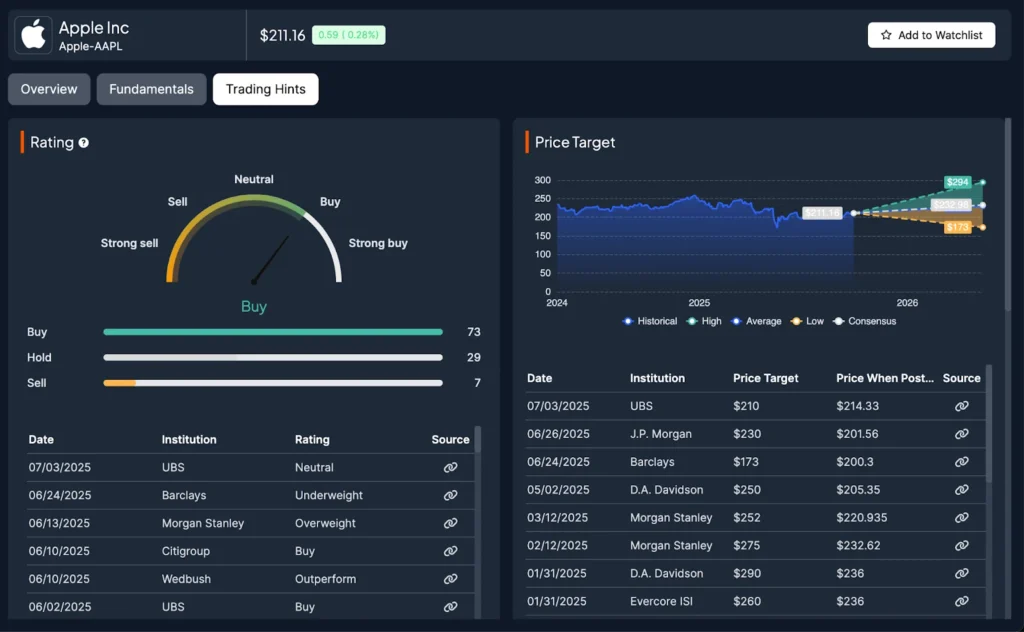Complete Guide to Accounting Vouchers in Tally: Learn Accounting, Inventory & Order Vouchers

Tally ERP 9 has mastered the language of business, and that is Accounting. The utilization of vouchers, which are structured documents that ensure the recording of financial transactions is optical and efficient, is one of the most useful features of this software.
If you want to take learning these functionalities seriously to pursue a career in this field, consider a Tally ERP 9 online course, which is a smart and strategic move. Through the intensive training, you will be in a position to master the process of managing any type of voucher in Tally and make financial management easy in any business.
There are various types of vouchers in Tally ERP 9, and this article provides a clear overview of the different kinds of vouchers, their functionality, and how to apply them in business day-to-day operations.
What are vouchers in Tally ERP 9?
Tally vouchers are electronic documents that capture all types of business transactions. Whether it is a purchase and sales transaction or inventory control and tracking of payments, these vouchers ensure that every transaction is conducted using the double-entry rule of accounting. It is a very effective accounting, inventory, and order processing voucher management tool due to its organised structure in Tally ERP 9.
Whether you are a student or an accounting professional, enrolling on a Tally ERP 9 Online Course can help you understand how to utilize these vouchers with live simulations, practical training and training through live professional sessions.
What are accounting vouchers and why are they important?
Accounting vouchers are used to record all financial transactions that affect a business’s accounts. These vouchers include:
1. Payment voucher (F5)
Used to record any outgoing payment, whether it’s cash, cheque, or online transfer. For example, paying a supplier or utility bill would require a Payment Voucher entry.
2. Receipt voucher (F6)
When your business receives payment—either from a customer, loan, or other income source—you record it using this voucher.
3. Contra voucher (F4)
This is used for internal fund transfers such as cash deposited into a bank account or cash withdrawn from it. Contra Vouchers help maintain accurate cash and bank balances.
4. Journal voucher (F7)
Used for adjustments and entries that don’t involve cash or bank—like depreciation, provision for bad debts, or correcting accounting errors.
5. Sales voucher (F8)
This is used to record all sales made by the business. You can also generate GST-compliant invoices using this voucher.
6. Purchase voucher (F9)
Used to record all purchases of goods and services. Tally allows you to link purchase vouchers directly to inventory for better stock management.
7. Credit note and debit note (Ctrl+F8 / Ctrl+F9)
These are adjustment vouchers used for sales returns and purchase returns respectively.
Understanding how each of these vouchers works is critical, and a structured Tally ERP 9 will guide you through practical scenarios where you’ll enter and manage all types of accounting vouchers.
How do inventory vouchers help in stock management?
Inventory vouchers in Tally are crucial for businesses dealing with physical goods. They allow for accurate tracking of stock movements and valuation.
1. Delivery note (Alt+F8)
Used when goods are dispatched to customers. It links with the Sales Order and Sales Voucher for tracking shipments.
2. Receipt note (Alt+F9)
Used when goods are received from suppliers. This helps match goods with Purchase Orders and Purchase Vouchers.
3. Rejections In/Out
Used when customers or the business reject goods. This helps keep stock levels and records accurate.
4. Stock journal (F7)
Used for inventory adjustments, transfers, or assembling components. You can track the movement of stock from one location to another or record manufacturing processes.
5. Physical stock voucher
Used to record actual stock as found during physical verification. This is essential for correcting mismatches between recorded and real inventory.
With guidance from a Tally ERP 9 Online Course, you’ll learn how to use inventory vouchers to optimize stock levels, reduce losses, and improve procurement planning.
What are order vouchers and why are they essential in sales & purchase cycles?
Order vouchers help you manage commitments before the actual transaction takes place. They are crucial for handling customer orders and purchase planning.
1. Sales order voucher (Alt+F5)
Used to record sales orders received from customers. This keeps track of pending orders and helps plan deliveries efficiently.
2. Purchase order voucher (Alt+F4)
Used when you place an order with your supplier. This helps track what goods are expected and manage payment timelines.
Learning to automate and track order processes can save businesses both time and money. If you’re looking to master this skill, choose a tally course that includes order voucher training with real-world examples.
Conclusion
Accounting, inventory, and order vouchers form the core of day-to-day operations in Tally ERP 9. Understanding how to use them correctly can significantly enhance your accounting accuracy, compliance, and operational efficiency.
If you’re serious about learning these skills, don’t settle for just reading manuals or watching random videos. Instead, opt for a structured tally course where you can gain in-depth, hands-on training and certification. It’s one of the smartest investments you can make to build a successful career in finance, accounting, or business management.

Diamond Painting Apps & Digital Tools for 2025 Artists

Pallet Wood Sourcing: Ethical and Sustainable Practices

Understanding Cost-Benefit Analysis for Project Feasibility

Accelerating drug discovery through the DEL-ML-CS approach

AI in Marketing Is No Longer a Buzzword — It’s the Strategy

Diamond Painting Apps & Digital Tools for 2025 Artists

Pallet Wood Sourcing: Ethical and Sustainable Practices

Understanding Cost-Benefit Analysis for Project Feasibility








